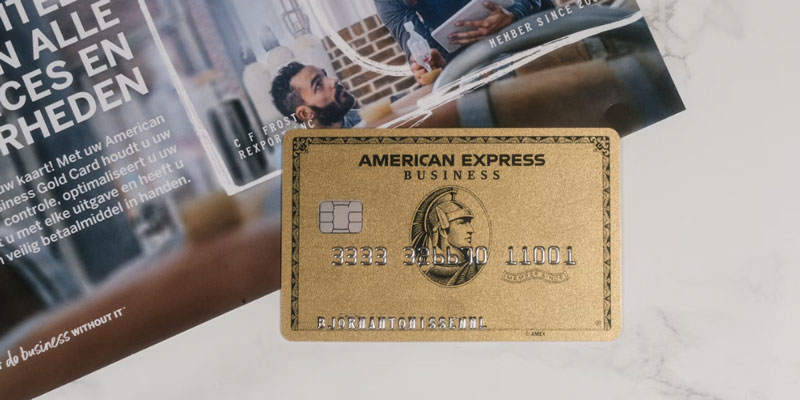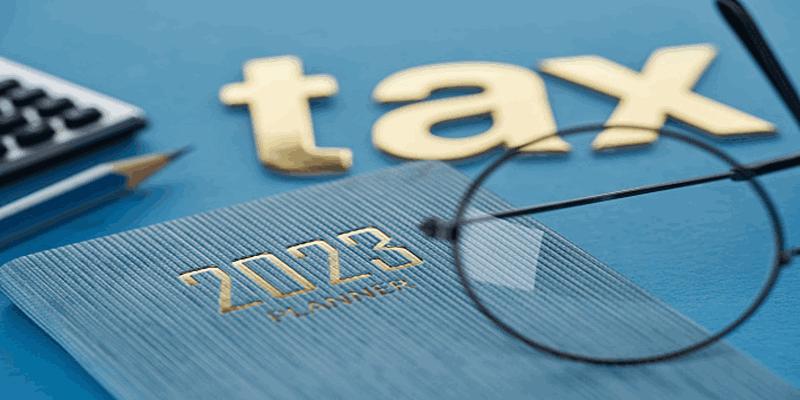Are you curious about what a depository transfer check is? This type of check can be an important part of the banking process, and it’s worth understanding, especially if you handle payroll or business accounts.
This blog post explores the fundamentals of a depository transfer check, including how they can save time and money while enhancing security in your financial transactions. By taking a closer look at what makes these checks unique, you'll gain insight into why this payment method should be considered an option for your banking needs. Let's dive in!
A Brief Overview of Depository Transfer Checks
A depository transfer check (DTC) is a financial instrument used in banking transactions. It is a form of payment that involves transferring money from one bank account to another without physical currency or coins. DTCs are an efficient and secure way to move funds between two parties, as they offer greater security than traditional checks due to their digital nature.
Making a DTC begins with the originator requesting funds from their bank account and providing proof of the transaction request to the receiving party’s bank. This proof can range from a signature on paper or electronic documents such as PDF files. The receiving party’s bank then verifies the details, and if everything is correct, the money is transferred from the originator’s bank account to the receiving party’s. The transaction is completed, and both parties can view the transfer details online.
One of the advantages of using a DTC over traditional checks is that it allows funds to be moved quickly and securely. It also eliminates unnecessary paperwork, as no paper documents or physical currency are involved. Additionally, because payments are made electronically, they are not subject to clearance delays which can sometimes occur with traditional checks.
Differences Between DTC and Traditional Checks
Depository Transfer Checks (DTCs) offer several advantages over traditional checks regarding banking transactions. One of the primary differences is that DTCs are digital payments, meaning they involve no physical currency or coins. Traditional checks require both parties involved in a transaction to physically sign paper documents, which can be time-consuming and subject to delays if one party's signature needs to be corrected.
Another difference between the two payment methods lies in their security features. Traditional checks can be easily counterfeited and stolen, whereas DTCs provide greater security due to their digital nature. All DTC transactions are verified by banks before any funds are transferred, thus minimizing fraud risk and eliminating the potential for mistakes. Furthermore, as all payments are made electronically, they can be easily tracked and monitored.
Finally, DTCs provide convenience over traditional checks. Funds can be transferred quickly and without third-party involvement, as no physical documents or coins are involved. Additionally, users don't need to worry about clearance delays as payments are processed almost immediately. This makes DTCs an ideal payment option for time-sensitive transactions such as payroll processing or business accounts.
How to Use a DTC

Using a Depository Transfer Check (DTC) is relatively straightforward and doesn’t take long to complete. Depending on your bank, the process may have a few minor variations, but generally, it follows the same steps.
The first step is to request funds from your account by signing or electronically providing proof of your request - such as a PDF or other document type. This proof will be sent to the receiving party's bank for verification. Once verified, the funds will be transferred from your account into theirs.
Another important component of making a DTC is ensuring all details are correct to avoid mistakes during transfer. These include ensuring you have included both parties' full names, the correct amount to be transferred, and any relevant reference numbers.
It is also important to remember that, unlike traditional checks, DTCs don’t require physical documents or coins, making them quicker and more secure. Once both banks have verified the details are accurate, funds will be transferred almost immediately. This makes DTCs ideal for time-sensitive payments such as payroll processing or business accounts.
Benefits of Using a DTC
Using a Depository Transfer Check (DTC) provides several advantages over traditional checks. These include heightened security, the ability to track and monitor payments electronically, faster processing times, and no need for physical documents or coins. DTCs are also convenient as they can be used for time-sensitive transactions such as payroll processing or business accounts.
In conclusion, a Depository Transfer Check is an efficient and secure payment option that offers significant benefits compared to traditional checks. With fast processing times and greater security features, it’s easy to see why this payment method should not be overlooked as an option for your banking needs. Once you understand how these checks work, you'll appreciate why they provide an ideal solution for businesses and individuals.
How to Ensure the Safety and Security of Your Funds When Using DTCs
A Depository Transfer Check (DTC) can provide a secure and efficient payment option. However, it’s important to take all necessary precautions to ensure the safety of your funds. Here are some tips for keeping your money safe when making DTC payments:
• Double-check all details before transferring any funds - including the full name of both parties, the correct amount to be transferred, and any relevant reference numbers.
• Use a reliable provider that offers encryption technology and ensures data protection.
• Always monitor incoming and outgoing transactions from your account to quickly spot any uncommon or suspicious activity.
• Ensure you have up-to-date antivirus software installed on all devices used for banking.
• Keep your payment information and passwords secure at all times, always using strong, unique passwords.
FAQs
Q. How does a DTC work?
A. To use a DTC, your bank will provide information about the sender and receiver, including their respective bank account numbers. The sender's bank will then issue the DTC to the recipient's bank, depositing it into the recipient's account.
Q. What are the benefits of using a DTC?
A. Using a DTC offers several advantages, such as enhanced security, quick transfer times, and reduced cost. With DTCs, you can rest assured that the funds will be securely transferred without any risk of fraud or theft. Furthermore, because these checks are electronic, they take just one business day to process compared to traditional check transfers, which can take up to 10 days. Finally, most banks charge minimal fees for processing DTCs providing an economical way to transfer money worldwide.
Q. How do I get started with a DTC?
A. To start with a DTC, you must provide the necessary information and contact your bank or financial institution first. They can provide further instructions on setting up a DTC, including any applicable fees and the requirements for making a transfer. Once everything is set up, you’ll be able to quickly and securely move money between accounts with ease.
Conclusion
A depository transfer check is a secure, efficient way to move money between accounts. These offer many advantages compared to traditional paper checks — including enhanced security, faster processing times, and minimal fees — making them an ideal option for businesses or individuals looking for a more reliable payment method. To start with a DTC, contact your bank or financial institution; they can provide further instructions on setting up the transfer. With DTCs, you can save time and money quickly and securely transfer funds!




